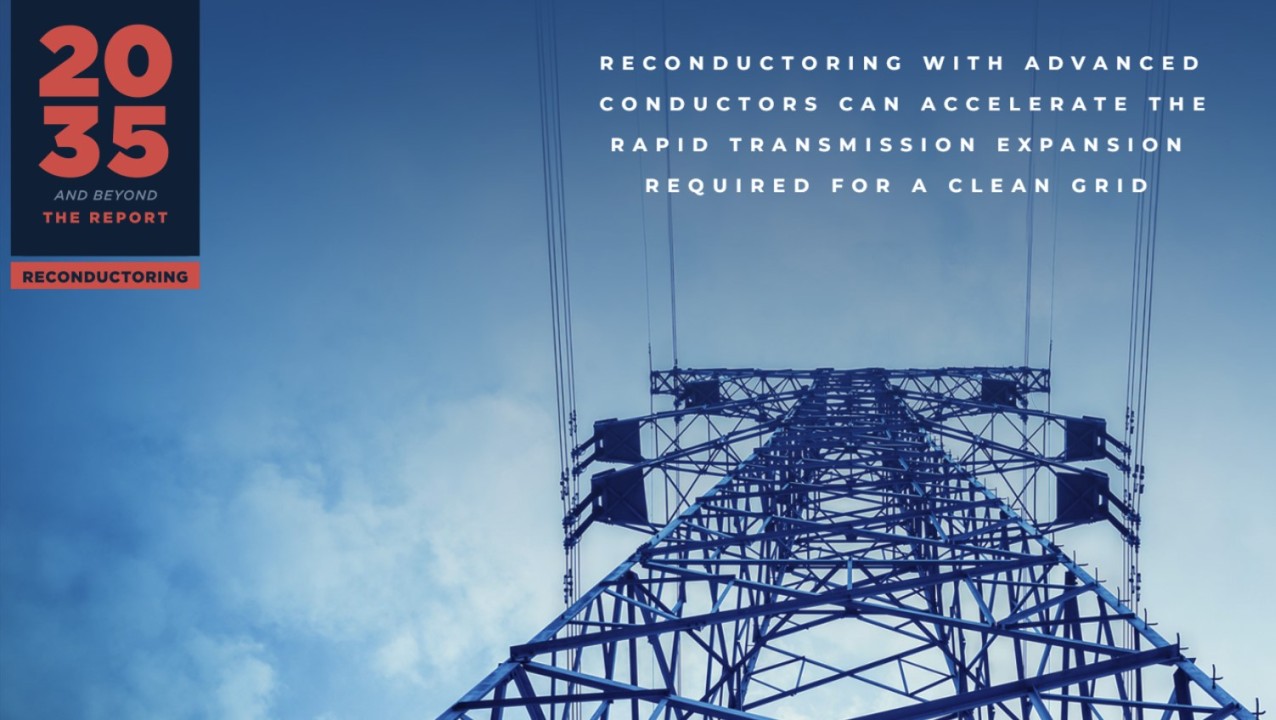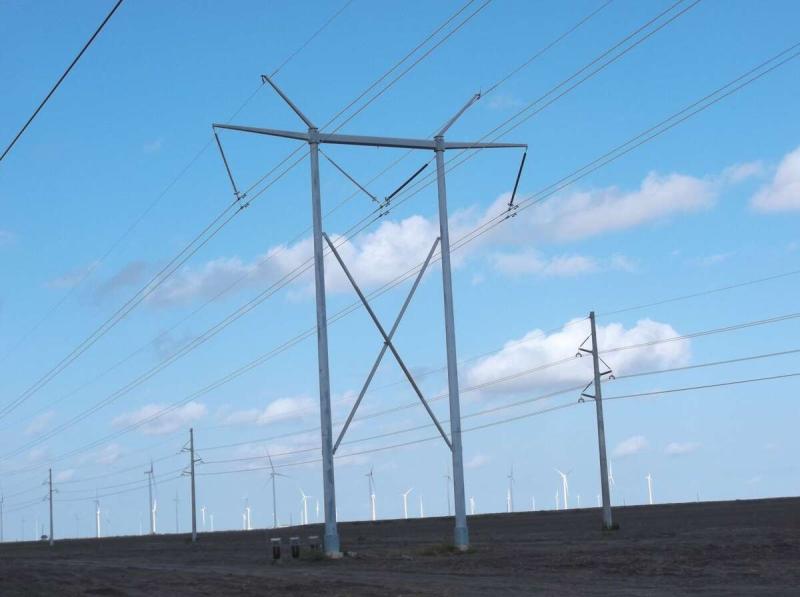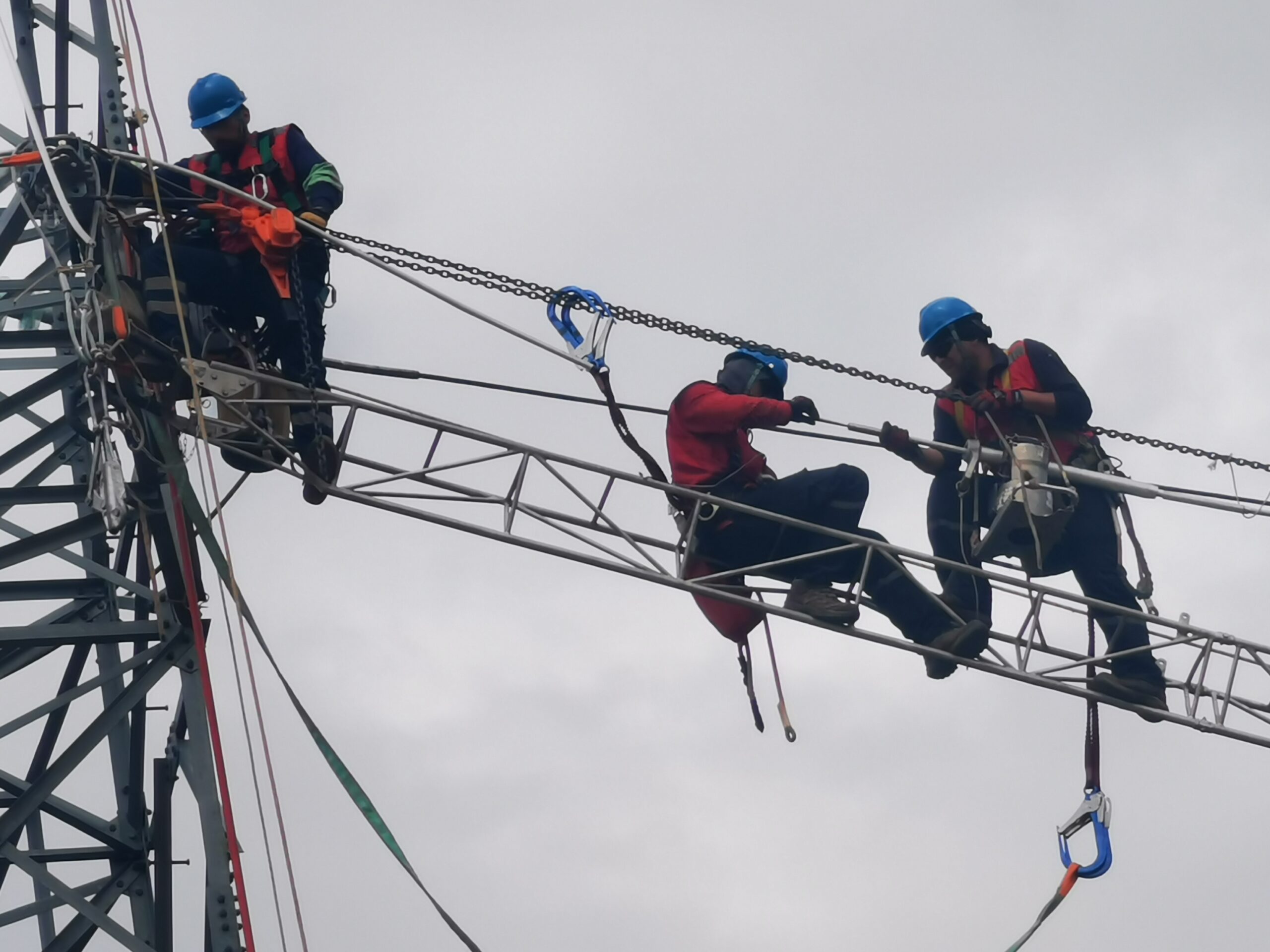When it comes to improving the performance of the grid, CTC Global has already exceeded the expectations of its client and customers by providing them with the most reliable, efficient and resilient conductors – ACCC® Conductor. These conductors are based on advanced composite technology which was earlier developed for aerospace and other highly demanding applications where providing enhanced performance and durability of the products are highly important.
When it comes to CTC Global technology, it holds a large number of U.S. and other international patents that mainly includes these four major technologies:
- ACCC® Conductor
- ACCC® AZR Conductor
- ACCC® Composite Core
- ACCC® Conductor Hardware
The technical team at CTC Global has continuously worked towards raising the performance bar and has provided its customers with the most innovative, advanced and cost-effective overhead conductor solutions available in the market today. Thus, CTC Global is proud of its technology, that can be the best choice for you to improve the grid performance.
From the below details, you can easily get complete understanding about the major four technologies offered by CTC Global –
- ACCC® Conductor –
This is a patented conductor by CTC Global which utilizes a hybrid carbon and glass fiber core fixed in a high-performance thermoset epoxy matrix. The technology of ACCC Conductor is such that the central carbon fiber core is comprised of tens of thousands of high-strength, high-modulus unidirectional carbon fibers that have a protective layer of glass fibers around it. These outer glass fibers provide resilience, improves flexibility and also prevent corrosion with the conductive aluminum strands.

As ACCC Conductor is lighter in weight, and you can choose from any of its available sizes to utilize ~28% more aluminum without worrying about a weight or diameter penalty.
Advantages of ACCC® Conductor –
- Lower coefficient – The lower coefficient of thermal expansion helps in mitigating conductor sag under heavy electrical load conditions.
- Fully Elastic Composite core – The composite core, which is fully elastic, will not plastically bend or yield like any other conventional conductor steel core strands
- Lower Modulus than that of steel – ACCC® Conductor’s overall modulus core is lower than that of steel which allows it to stretch degree during adverse environmental conditions like extreme ice or wind loading events.
- ACCC®AZR Conductor
Here AZR stands for aluminum zirconium alloy which helps in expanding the capabilities of the ACCC® Conductor. The core used by this conductor is either the standard 310 ksi or the higher strength 375 ksi which is further wrapped with one or more layers of a high strength, thermal resistant aluminum-zirconium alloy.
The main purpose of using AZR Conductor is to increase the overall strength of a conductor. ACCC Conductors usually utilizes fully annealed aluminum to maximize conductivity, whereas the ACCC AZR Conductor offers almost the same efficiency, but far better overall strength.
The added strength and increased tensile modulus mitigate conductor sag while using for very long spans and even during unfavorable weather conditions.
Advantages of ACCC® AZR Conductor –
The advantages of ACCC AZR Conductor are almost similar to that of ACCC Conductor. One major advantage of using AZR over conventional ACCC Conductor is its increases over all strength which is the most important factor that helps to improve grid performance.
- ACCC®Composite Core
The ACCC® Composite Core offered by CTC Global comprises of high-strength carbon & glass fibers which is embedded in a tough thermoset epoxy resin matrix. This is an exceptional CTC Global technology offering to improve grid performance which is manufactured to aerospace quality specifications with the use of continuous pultrusion process developed by highly professional and skilled pultrusion experts.

The ACCC® Conductor’s composite core is known for offering a strength to weight ratio nearly six times better than that of steel, along with a coefficient of thermal expansion which is less than ten time of what steel have. The composite core is also unaffected to corrosion and can withstand conditions like cyclic load fatigue without any problem.
The ACCC Conductor cores offered by CTC Global are available in 310 and 375 ksi tensile strengths. The higher the strength of the core, higher will be the modules that is very helpful in accommodating longer spans and extreme ice loads.
- ACCC® Hardware
The ACCC hardware offered by CTC Global are far better than the conventional systems when it comes to longevity and overall performance of grid. These ACCC Hardware uses high-strength, high-performance hardware components with which the installation process becomes hassle-free and fast.
CTC Global ACCC dead-ends and splices have been already installed at over 700 project sites in more than 50 countries and are providing flawless performance without a single failure. A few CTC Global ACCC Hardware projects include –
- Ocean crossings
- River crossings
- Highly corrosive industrial areas
- Heavy ice zones
- Mountain and desert crossings.
The manufacturing of internal hardware components id done at CTC’s manufacturing center in Irvine, California. Apart from this, there are several manufacturing partners worldwide, that contributes in adding additional components such as aluminum sleeves, jumper pads, oxidation inhibitor and other pieces and then deliver the complete hardware packages to the customers that are present globally.
All the ACCC Hardware components that CTC Global offers and also all its manufacturing partners are certified to the latest ISO standards.
Visit the Technology page to learn more about CTC Global and its technology.
[/et_pb_text][/et_pb_column][/et_pb_row][/et_pb_section]







